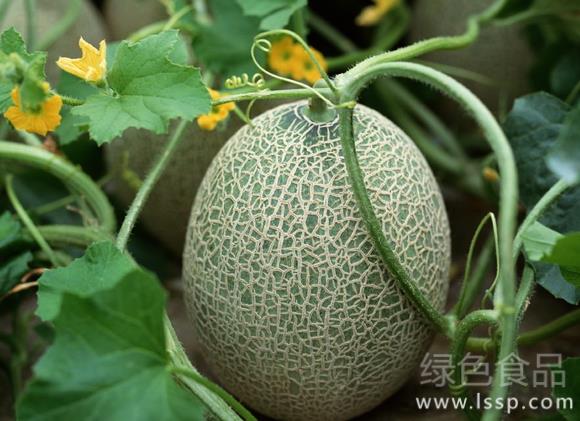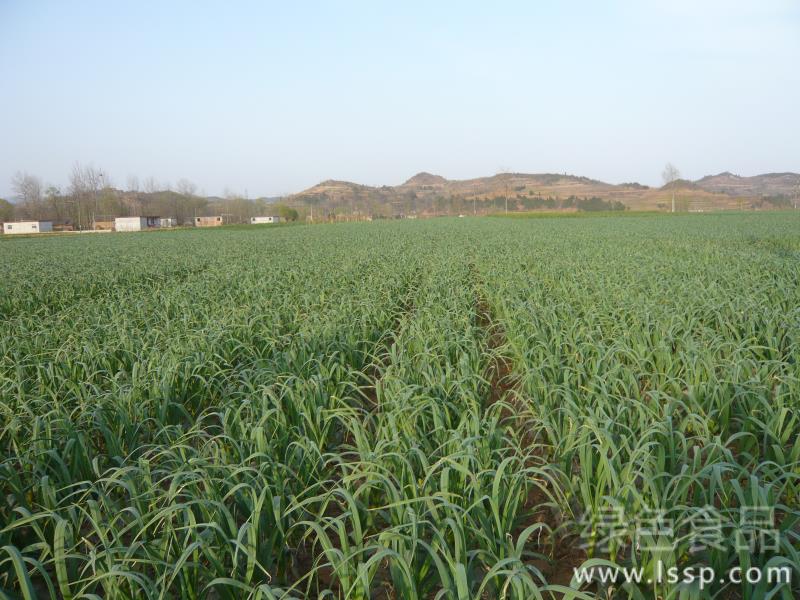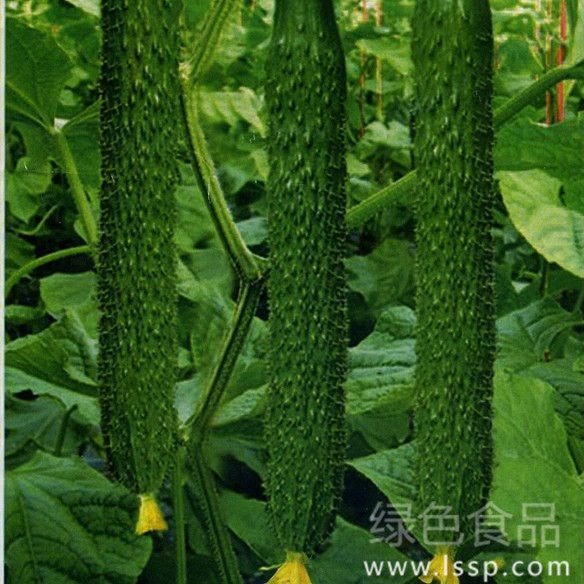Cultivation techniques of Hami melon in spring greenhouse, the king of melons
Cantaloupe is loved by the public because of its rich nutrition, delicious taste and cool summer heat. Cantaloupe has always been grown in remote areas, but now cantaloupe has settled in many southern areas, and now it has launched a new variety of cantaloupe which is more suitable for the climatic characteristics of the southern region. and there is a set of relatively mature cultivation techniques of cantaloupe in greenhouse. The following are the spring cultivation techniques of cantaloupe in greenhouse.

Hami melon
I. Variety selection
Cantaloupe varieties with strong disease resistance and suitable for southern climate should be selected. The main varieties of cantaloupe in the south are: Xuelihong, Xianguo, 98-18 (green skin and yellow skin) and so on.
II. Selection of land blocks
Melon stubble and continuous cropping plots are taboos in the cultivation of cantaloupe. Rice stubble fields with high topography and good drainage effect which have not planted any melons in 3 years should be selected. The preferred soil for planting Hami melon is sandy soil with rich organic matter and good permeability.
III. Land preparation, border cultivation and fertilization
One month before planting, the fields of cantaloupe should be ploughed at a depth of 25cm to 30cm, and at the same time, the ditches outside the shed, Daming ditch, operation ditch and other supporting ditches should be opened, and the whole ploughing layer should be fully fertilized at one time, generally using about 1000 kg of commercial organic fertilizer per mu, 30 kg of N ∶ L ∶ Kraft 15 ∶ 15 ∶ 15) and 50 kg of superphosphate. When making a field border, it must be high ridge, high border, the border surface is made into the shape of tortoise back, bow back 25cm; use plastic film (transparent plastic film in spring) to cover the border surface, which is beneficial to preserving soil moisture, reducing humidity and preventing weeds.
Hami melon
IV. Seedling raising and transplanting
1. Seed treatment: dry treatment can be used for disinfection and sterilization, and the dried seeds can be roasted in a 60-69 ℃ constant temperature drying box for about 3 days. If there is no constant temperature drying box, the seeds can be dried in strong sunlight for 2 days.
2. Sowing: the first and middle of January is the spring sowing time of cantaloupe. Heat preservation and disease prevention is the key to raising seedlings in spring. The seedling bed of Hami melon is covered with multi-film, and the electric heating line is laid on the ground. The seedling bed temperature follows the principle of "two high and two low". Before emergence, the seedling bed temperature is controlled at 28: 30 ℃ to promote seedlings; before the first true leaf of Hami melon is unfolded, the seedlings are easy to grow and decrease the temperature, and the bed temperature should be kept between 23: 25 ℃ during the day and 18: 20 ℃ at night. With the growth of cantaloupe seedlings and the rise of external temperature, we can appropriately increase the vents of the greenhouse and prolong the ventilation time. Hami melon seedlings should be refined at low temperature one week before planting, so that the seedlings of Hami melon gradually adapt to external conditions. Amisida spray can be used for disease prevention at seedling stage for 1 or 2 times. The seedling age in spring is about 30 days and 3 leaves are transplanted in a week.
- Prev

Watering well and applying Fertilizer-- the key elements of increasing garlic production in Spring
Watering well and applying Fertilizer-- the key elements of increasing garlic production in Spring
- Next

Four measures to reduce the bitterness of cucumber
Four measures to reduce the bitterness of cucumber
Related
- Fuxing push coffee new agricultural production and marketing class: lack of small-scale processing plants
- Jujube rice field leisure farm deep ploughing Yilan for five years to create a space for organic food and play
- Nongyu Farm-A trial of organic papaya for brave women with advanced technology
- Four points for attention in the prevention and control of diseases and insect pests of edible fungi
- How to add nutrient solution to Edible Fungi
- Is there any good way to control edible fungus mites?
- Open Inoculation Technology of Edible Fungi
- Is there any clever way to use fertilizer for edible fungus in winter?
- What agents are used to kill the pathogens of edible fungi in the mushroom shed?
- Rapid drying of Edible Fungi

